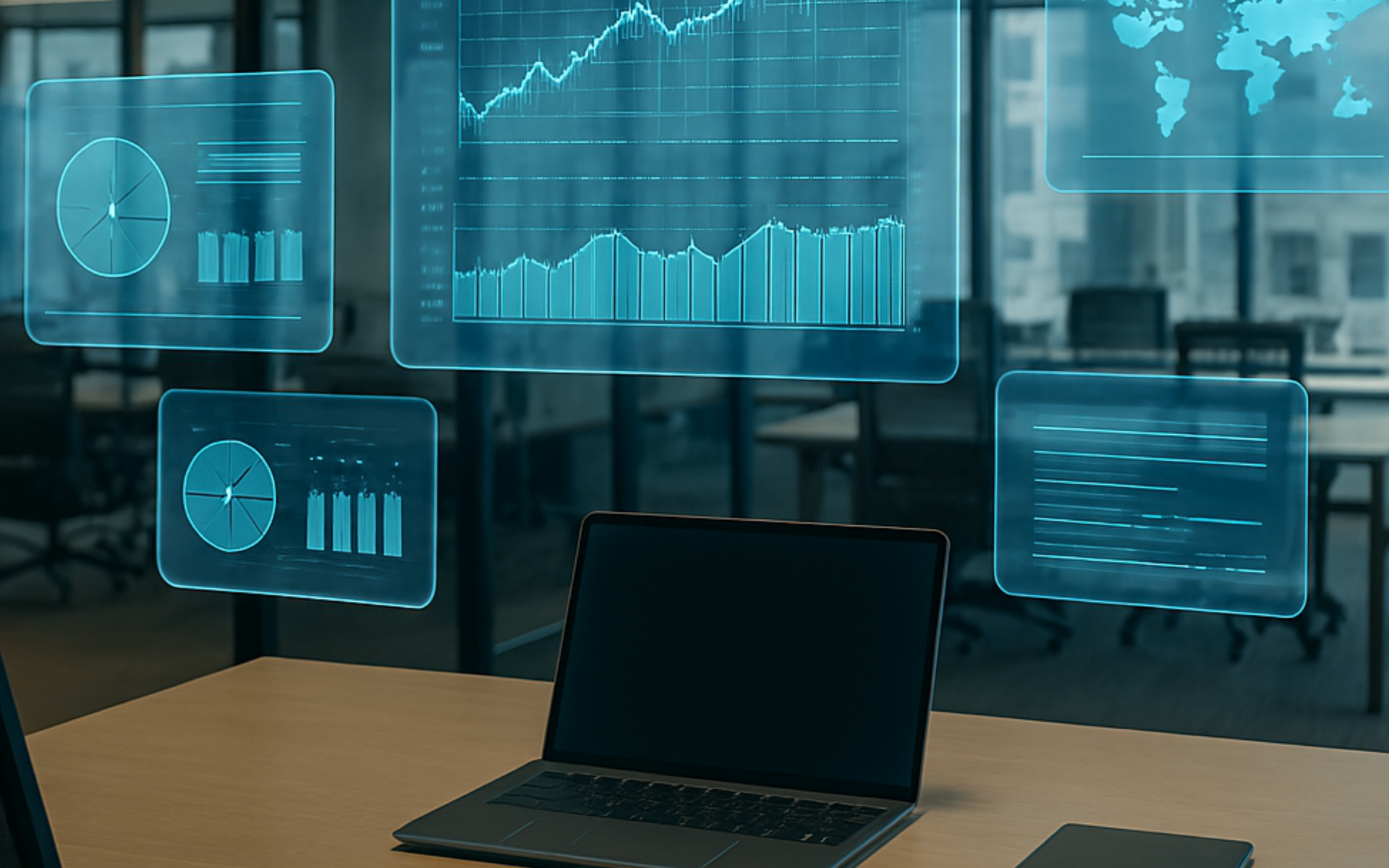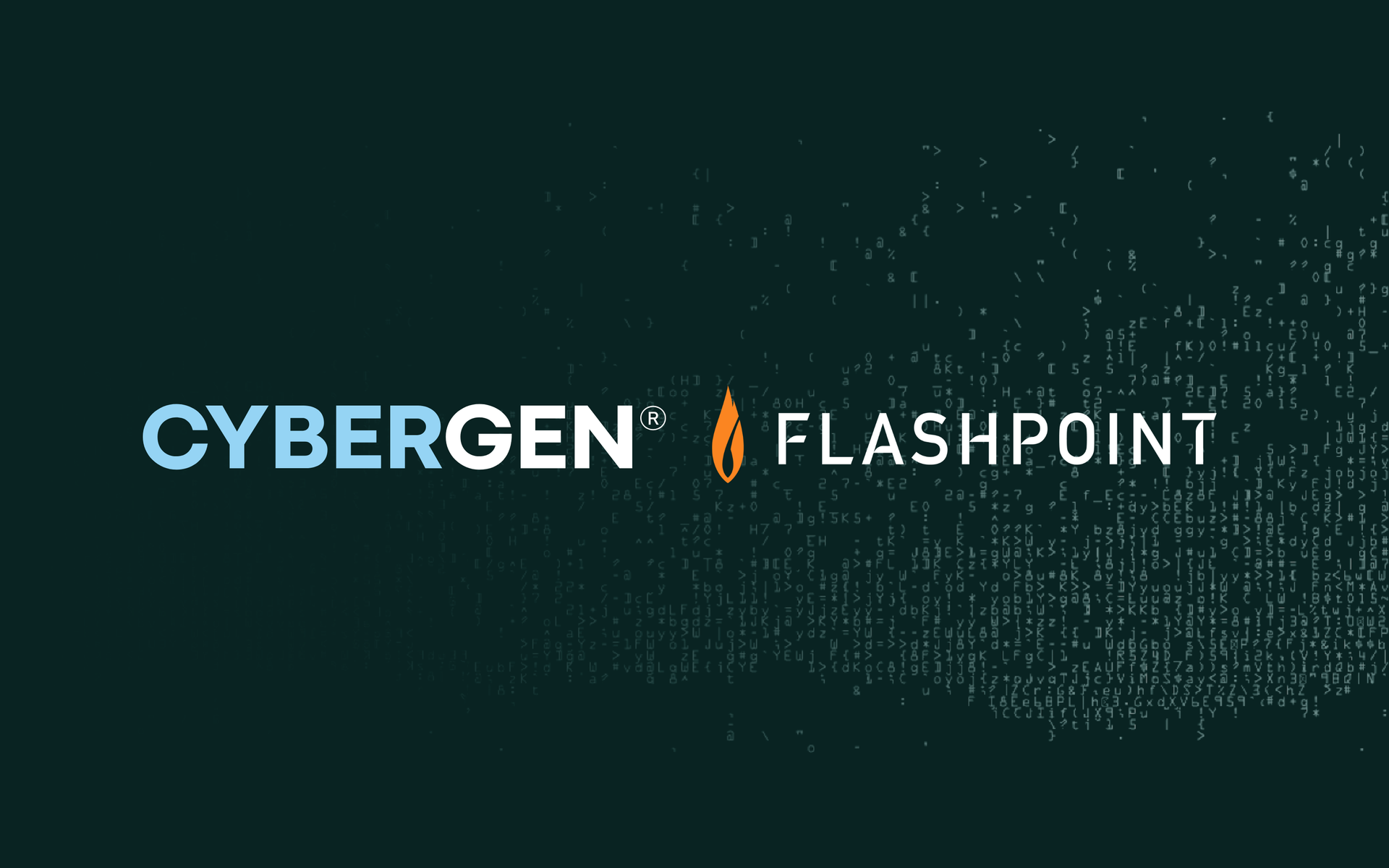Cybersecurity 101: What Is Phishing and Why It Matters
Among the many threats that loom over internet users, businesses, and institutions, phishing remains one of the most pervasive and dangerous.
This blog will dive deep into the world of phishing, exploring what it is, how it works, why it continues to succeed, and what you can do to stay safe.
The Definition of Phishing
Phishing is a type of cyberattack in which malicious actors attempt to deceive individuals into providing sensitive information, such as login credentials, credit card numbers, or social security numbers, by pretending to be a trustworthy entity. The term "phishing" is a play on the word "fishing," as attackers cast out bait in the form of seemingly legitimate communication, hoping someone will bite. These attacks often come in the form of emails, messages, or even phone calls that appear authentic at first glance.
A Brief History of Phishing
The concept of phishing is not new. It dates back to the mid-1990s when hackers targeted users of AOL (America Online), using fake login pages to steal passwords. As technology evolved, so did the methods of phishing. From fake emails and websites to more sophisticated techniques involving social engineering, the tactics used by cybercriminals have become increasingly complex. Today, phishing is not just a nuisance it's a major cybersecurity threat that affects millions each year.
How Phishing Works
Phishing attacks typically begin with a message that appears to come from a reputable source. This could be a bank, an online service provider, a colleague, or even a government agency. The message usually includes a sense of urgency, prompting the recipient to take immediate action. For example, an email might warn you that your account has been compromised and that you need to click a link to reset your password.
The link, however, doesn't lead to a legitimate site. Instead, it takes you to a counterfeit page designed to look exactly like the real one. When you enter your information, you're unknowingly handing it over to the attacker. In some cases, clicking the link might also install malware on your device, giving the hacker ongoing access to your system.
Why Phishing Is So Effective
One of the main reasons phishing is so effective is because it exploits human psychology. Phishers rely on fear, curiosity, and urgency to manipulate their victims. For example, a phishing email might claim that there is a suspicious charge on your bank account. In a panic, you might click the link without thinking twice. Or, you might receive an email that appears to be from a coworker asking for help on a project. The familiarity of the name might convince you that the message is genuine.
Phishing also continues to succeed because it constantly evolves. Attackers use increasingly sophisticated techniques to bypass spam filters and deceive users. Spear-phishing, for instance, involves highly targeted attacks that use personalised information to increase credibility. Business Email Compromise (BEC) is another form where attackers impersonate executives to trick employees into transferring funds or revealing sensitive data.
Real-World Examples of Phishing Attacks
One of the most notorious phishing attacks occurred in 2016, during the U.S. presidential election. Hackers targeted the email account of John Podesta, chairman of Hillary Clinton's campaign, with a phishing email disguised as a Google security alert. Believing the message to be real, Podesta clicked the link and entered his credentials, giving attackers access to a trove of sensitive communications.
Another high-profile example is the 2013 phishing attack on Target. Hackers used a phishing email to gain access to a third-party vendor's network credentials. Once inside, they infiltrated Target's systems and stole the payment information of over 40 million customers. The breach cost the company millions in fines, lawsuits, and damage to its reputation.
The Personal Cost of Phishing
Phishing doesn't just affect large organisations; individuals are often the most vulnerable. Imagine receiving an email that looks like it’s from your bank, warning you of suspicious activity and prompting you to log in to verify your account. The urgency and realism of the message might compel you to act quickly. If the site is a fake, your login information could be stolen in seconds.
Once a phisher has your credentials, the damage can be severe. Bank accounts can be emptied, identities can be stolen, and credit scores can be ruined. Recovering from such an attack is not only time-consuming but emotionally draining. Victims often report feeling violated and helpless as they struggle to regain control over their digital lives.
Protecting Yourself from Phishing
The good news is that with awareness and vigilance, phishing can often be prevented. Start by scrutinising every email and message you receive. Look for signs of phishing, such as misspelt words, unfamiliar sender addresses, and suspicious links. Always hover over links to see where they lead before clicking, and never download attachments from unknown sources.
Using multi-factor authentication (MFA) is another effective defence. Even if an attacker obtains your password, they won’t be able to access your account without the second verification step. Regularly updating your software and antivirus programs can also help detect and block phishing attempts.
It's also important to educate those around you. Many phishing attacks succeed simply because the victim doesn’t know what to look for. By spreading awareness among your friends, family, and coworkers, you can create a collective line of defence against cybercriminals.
The Role of Organisations in Combating Phishing
While individual vigilance is crucial, organisations must also play their part. Companies should invest in employee training programs that teach staff how to recognise and report phishing attempts. Simulated phishing campaigns can be an effective way to test and reinforce this knowledge.
Organisations should also implement advanced email filtering systems, endpoint protection solutions, and regular security audits. In the event of a successful phishing attempt, having an incident response plan can make all the difference in minimising damage and restoring operations quickly.
Some businesses go further by offering bug bounty programs and rewarding individuals who report security vulnerabilities, including phishing threats. This proactive approach not only improves security but fosters a culture of transparency and accountability.
Looking Ahead: The Future of Phishing
As technology continues to advance, so too will the tactics used by phishers. Artificial intelligence and deepfake technologies may give rise to even more convincing scams. Imagine receiving a voicemail that sounds exactly like your boss, instructing you to transfer funds to a new account. Or a video message from a friend asking for help, which turns out to be computer-generated.
At the same time, technology also offers new tools for defence.
AI-powered security systems can analyse behaviour patterns to detect anomalies, while blockchain technologies promise to enhance identity verification and data integrity. The key will be staying informed, adaptable, and collaborative in the fight against cybercrime.
Stay Informed, Stay Safe
Phishing is more than just a cybersecurity buzzword it's a real and growing threat that affects everyone from casual internet users to multinational corporations. By understanding what phishing is, recognising how it works, and taking proactive steps to protect yourself and others, you can significantly reduce your risk.
Remember, the digital world is like an ocean, and phishers are constantly casting their lines. The best defence is not just technology but education, awareness, and a healthy dose of scepticism. So the next time you receive an unexpected message or too-good-to-be-true offer, take a moment to think before you click. Your caution might just save you from becoming the next victim.
Ready to upskill your team? Contact us today for more information on our Phishing Training & Awareness testing service.
Let's get protecting your business
Thank you for contacting us.
We will get back to you as soon as possible.
By submitting this form, you acknowledge that the information you provide will be processed in accordance with our Privacy Policy.
Please try again later.








